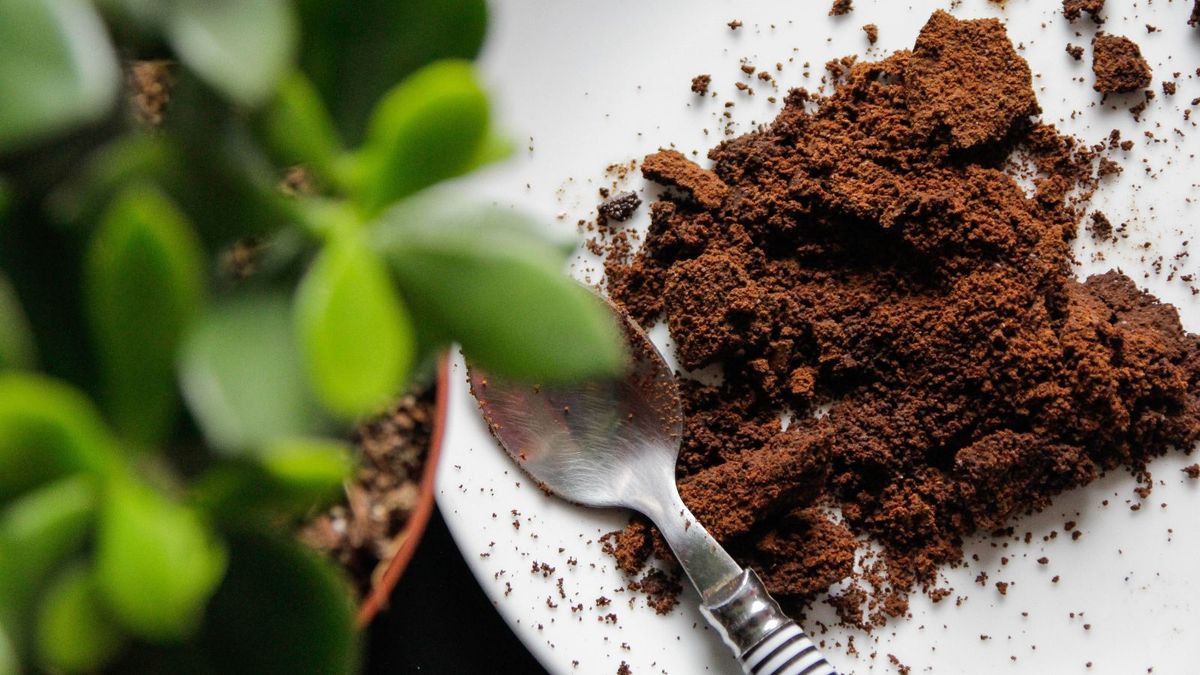

Articles
How To Store Coffee Grounds For Garden
Modified: August 17, 2024
Learn how to store coffee grounds for your garden with our informative articles. Discover the best methods and benefits of using coffee grounds as a natural fertilizer.
(Many of the links in this article redirect to a specific reviewed product. Your purchase of these products through affiliate links helps to generate commission for Storables.com, at no extra cost. Learn more)
Introduction
Welcome to the world of gardening! Whether you are an experienced gardener or just starting out, you are likely always on the lookout for ways to improve your plants’ health and productivity. One surprising technique that can benefit your garden is using coffee grounds. Yes, that’s right – those leftover grounds from your morning coffee can actually be a valuable resource for your plants.
Not only can coffee grounds enrich your garden soil, but they also contribute to reducing waste and promoting sustainability. Instead of tossing those coffee grounds in the trash, why not repurpose them in a way that benefits both your garden and the environment?
In this article, we will delve into the benefits of using coffee grounds in the garden and provide you with some valuable tips on storing and utilizing them effectively. Whether you are a coffee enthusiast looking for a way to put those grounds to good use or simply interested in finding natural ways to boost your garden’s health, you’ve come to the right place. Let’s explore what makes coffee grounds so valuable and how you can store them properly for garden use.
Key Takeaways:
- Repurpose coffee grounds for a thriving garden by storing them properly in airtight, opaque containers. Enhance soil fertility, repel pests, and support plant growth naturally while reducing waste and promoting sustainability.
- Maximize the benefits of coffee grounds in your garden by incorporating them into compost, using as mulch, and feeding acid-loving plants. Exercise moderation and consider plant-specific needs for optimal results.
Read more: How To Store Fresh Ground Coffee
Benefits of Using Coffee Grounds in the Garden
Using coffee grounds in your garden offers a multitude of benefits, both for your plants and for the soil. Here are some of the key advantages:
- Rich in nutrients: Coffee grounds are a fantastic source of essential nutrients such as nitrogen, potassium, phosphorus, and calcium. These nutrients are vital for plant growth, promoting healthy foliage, strong root development, and vibrant flowers.
- Improves soil structure: Coffee grounds have a loamy texture that helps improve soil structure. They can improve drainage in clay soils while increasing water retention in sandy soils, creating an optimal environment for plant growth.
- Enhanced soil fertility: When coffee grounds break down, they release organic matter into the soil, increasing its fertility. This organic matter helps feed beneficial microorganisms and improves the overall health of the soil ecosystem.
- Repels pests: Coffee grounds have been found to act as a natural deterrent against certain garden pests. Slugs, snails, and ants are repelled by the scent and texture of coffee grounds, reducing the need for harmful chemical pesticides.
- Acid-loving plant support: If you have acid-loving plants such as azaleas, rhododendrons, and blueberries, coffee grounds can be particularly beneficial. They add acidity to the soil, creating an ideal pH level for these plants to thrive.
With all these advantages, it’s clear why coffee grounds are a popular choice for gardeners looking to boost their plants’ health naturally. Now, let’s move on to the next step: preparing coffee grounds for storage.
Preparing Coffee Grounds for Storage
Before you store your coffee grounds, it’s important to properly prepare them to ensure maximum freshness and effectiveness in your garden. Follow these steps to prepare your coffee grounds for storage:
- Allow the coffee grounds to dry: After brewing your coffee, spread the used grounds on a tray or a baking sheet. Let them air dry for a few days until they are completely dry. Drying them out helps prevent mold growth during storage.
- Remove any filters or paper: If you use paper filters to brew your coffee, make sure to remove them before storing the coffee grounds. The paper can trap moisture and affect the quality of the grounds.
- Break up any clumps: Coffee grounds tend to clump together during drying. Break up any clumps to ensure that the grounds are evenly distributed and easily accessible for your plants.
- Consider additives, if desired: While coffee grounds alone provide numerous benefits, you can enhance their nutritional value by adding other organic materials. Crushed eggshells, banana peels, or vegetable scraps can be mixed with the coffee grounds to create a nutrient-rich blend for your plants.
With your coffee grounds properly prepared, it’s time to move on to the next step: storing them in appropriate containers.
Proper Storage Containers for Coffee Grounds
Choosing the right storage containers for your coffee grounds is important to maintain their freshness and prevent them from absorbing odors. Here are some options for proper storage containers:
- Airtight containers: Using airtight containers is crucial to keep moisture out and maintain the quality of the coffee grounds. Look for containers with airtight seals to ensure maximum freshness. Glass jars with screw-top lids or food-grade plastic containers with secure lids are excellent choices.
- Opaque containers: Coffee grounds are light-sensitive and can degrade when exposed to direct sunlight. Opt for opaque or tinted containers that block out light and protect the grounds from UV degradation. This will help preserve the flavor and effectiveness of the coffee grounds.
- Size-appropriate containers: Choose containers that are appropriately sized for the amount of coffee grounds you plan to store. This will minimize air exposure and prevent the grounds from becoming stale. It’s better to store coffee grounds in smaller containers to ensure freshness.
- Labeling containers: To avoid confusion, label your storage containers with the date and type of coffee grounds. This will help you keep track of freshness and prevent mixing different types of grounds together.
By using the right storage containers, you can maintain the quality and freshness of your coffee grounds, ensuring they are ready to be added to your garden whenever needed. Whether you prefer storing them in the freezer, refrigerator, or at room temperature, let’s explore the different storage options in the next sections.
Storing Coffee Grounds in the Freezer
Freezing coffee grounds can be a great way to keep them fresh for an extended period. Here’s how to properly store coffee grounds in the freezer:
- Package the coffee grounds: Divide the prepared coffee grounds into small, airtight freezer bags or containers. It’s best to portion them according to your usage, so you only defrost what you need at a time.
- Remove excess air: Squeeze out any excess air from the bags or containers before sealing them. This will help prevent freezer burn and maintain the quality of the coffee grounds.
- Label and date: Don’t forget to label each freezer bag or container with the date of storage. This will help you keep track of freshness and ensure you use the oldest grounds first.
- Place in the freezer: Store the coffee grounds in the freezer, preferably in the back where the temperature is more consistent. Avoid frequent thawing and refreezing, as this can degrade the quality of the grounds.
When you’re ready to use the coffee grounds, simply remove the desired amount from the freezer and let them thaw at room temperature. Once thawed, the grounds are ready to be added to your garden soil. Remember to only defrost the amount you need to maintain freshness.
Storing coffee grounds in the freezer can extend their shelf life for several months, preserving their nutrients and aroma until you’re ready to use them. However, if freezer storage isn’t convenient for you, there are alternative options like storing them in the refrigerator or at room temperature, which we will explore next.
Store coffee grounds for the garden in an airtight container to maintain freshness. Mix with soil or sprinkle around plants to add nitrogen and deter pests.
Storing Coffee Grounds in the Refrigerator
If freezer storage is not available or not feasible for you, storing coffee grounds in the refrigerator is another viable option. Here’s how you can store coffee grounds in the refrigerator:
- Transfer the coffee grounds: Once your coffee grounds are prepared and dried, transfer them to an airtight container or ziplock bag.
- Seal the container: Ensure the container is tightly sealed to prevent any moisture or odors from entering and affecting the coffee grounds.
- Label and date: Label the container or bag with the date of storage to keep track of freshness. It’s best to use the oldest grounds first.
- Place in the refrigerator: Store the coffee grounds in a cool and dark area of the refrigerator, away from strong-smelling foods. This will help preserve their aroma and flavor.
When you need to use the coffee grounds, simply remove the desired amount from the refrigerator and allow them to come to room temperature before incorporating them into your garden soil. It’s important to note that storing coffee grounds in the refrigerator will keep them fresh for a shorter period compared to the freezer, usually around 1-2 weeks.
Refrigerator storage is particularly suitable if you have a smaller garden or use coffee grounds frequently, as it allows for easy access and quick use. However, if you have larger quantities or need to store them for a more extended period, storing coffee grounds at room temperature might be a better option, as we’ll explore next.
Storing Coffee Grounds at Room Temperature
If you prefer to store your coffee grounds at room temperature, it’s important to take a few extra steps to ensure their freshness and longevity. Follow these tips to store coffee grounds at room temperature:
- Choose airtight containers: Similar to the storage options mentioned earlier, opt for airtight containers to keep moisture and air out. Look for glass jars or food-grade plastic containers with tight lids.
- Select a cool and dark location: Find a cool and dark area in your kitchen or pantry where you can store the coffee grounds. Avoid places with direct sunlight or near heat sources, as these can affect the quality of the grounds.
- Protect from moisture: Coffee grounds are sensitive to moisture, so it’s crucial to protect them from any potential exposure. Make sure the containers are completely dry before adding the grounds and avoid storing them near the sink or any areas prone to humidity.
- Label and date: Just like with freezer and refrigerator storage, label each container with the date of storage to ensure you use the oldest grounds first and maintain freshness.
Storing coffee grounds at room temperature is convenient and suitable for gardeners who frequently use them or have a steady supply of fresh grounds. However, it’s important to note that coffee grounds can lose their freshness and potency more quickly when stored at room temperature compared to freezer or refrigerator storage.
Regardless of where you choose to store your coffee grounds, whether it’s the freezer, refrigerator, or at room temperature, ensure they are properly prepared and stored in appropriate containers to maintain their quality and benefits for your garden.
Using Stored Coffee Grounds in the Garden
Now that you have properly stored your coffee grounds, it’s time to put them to use in your garden. Here are some tips for utilizing stored coffee grounds effectively:
- Mix with compost or soil: Coffee grounds can be mixed directly into your compost pile or added to your garden soil. Mix them thoroughly to ensure even distribution and maximize their benefits.
- Apply as mulch: Use coffee grounds as a top layer of mulch around your plants. This helps suppress weed growth, retain moisture in the soil, and slowly release nutrients as they break down.
- Feed acid-loving plants: Coffee grounds are particularly beneficial for acid-loving plants such as azaleas, rhododendrons, and blueberries. Sprinkle coffee grounds around the base of these plants to increase soil acidity and support their growth.
- Amend soil for vegetables: Incorporate coffee grounds into the soil when planting vegetables. The added nutrients will help promote healthy growth and improve overall soil fertility.
- Add to compost tea: If you make compost tea, add a handful of coffee grounds to the mixture for an extra nutrient boost. The grounds will enrich the tea with beneficial minerals that can be easily absorbed by plants.
Remember to use coffee grounds in moderation. While they are beneficial for plants, excessive use can result in an imbalance in soil pH. Aim for a balanced approach by mixing coffee grounds with other organic materials and following recommended guidelines for application.
Additionally, it’s important to note that not all plants thrive with coffee grounds. Some plants, like certain varieties of succulents and plants that prefer neutral or alkaline soil, may not benefit from coffee grounds. Research the specific needs of your plants before incorporating coffee grounds into their care routine.
By utilizing stored coffee grounds in your garden, you not only provide a natural source of nutrients but also contribute to sustainable gardening practices, reducing waste and promoting a healthier ecosystem for your plants.
Conclusion
Using coffee grounds in your garden is a wonderful way to repurpose a common household waste item and provide valuable benefits to your plants. Whether you store them in the freezer, refrigerator, or at room temperature, properly storing coffee grounds ensures their freshness and effectiveness when added to the soil.
By incorporating coffee grounds into your garden, you enrich the soil with essential nutrients, improve soil structure, and promote overall soil health. Additionally, coffee grounds can help repel pests, support acid-loving plants, and enhance the fertility of your garden.
Remember to properly prepare your coffee grounds before storage, allowing them to dry and breaking up any clumps. Choose the right storage containers for maximum freshness, considering airtight and opaque options to preserve flavor and quality.
When using stored coffee grounds in your garden, mix them with compost, use as mulch, feed acid-loving plants, amend soil for vegetables, or even add them to compost tea for a nutrient boost. However, always exercise moderation and consider the specific needs of your plants.
With these tips in mind, you can optimize the use of coffee grounds in your garden, turning waste into a valuable resource while promoting sustainability and natural gardening practices.
So the next time you finish brewing that cup of coffee, think twice before tossing away those coffee grounds. Instead, store them properly and give your garden a natural boost with a little help from your morning caffeine fix!
Frequently Asked Questions about How To Store Coffee Grounds For Garden
Was this page helpful?
At Storables.com, we guarantee accurate and reliable information. Our content, validated by Expert Board Contributors, is crafted following stringent Editorial Policies. We're committed to providing you with well-researched, expert-backed insights for all your informational needs.
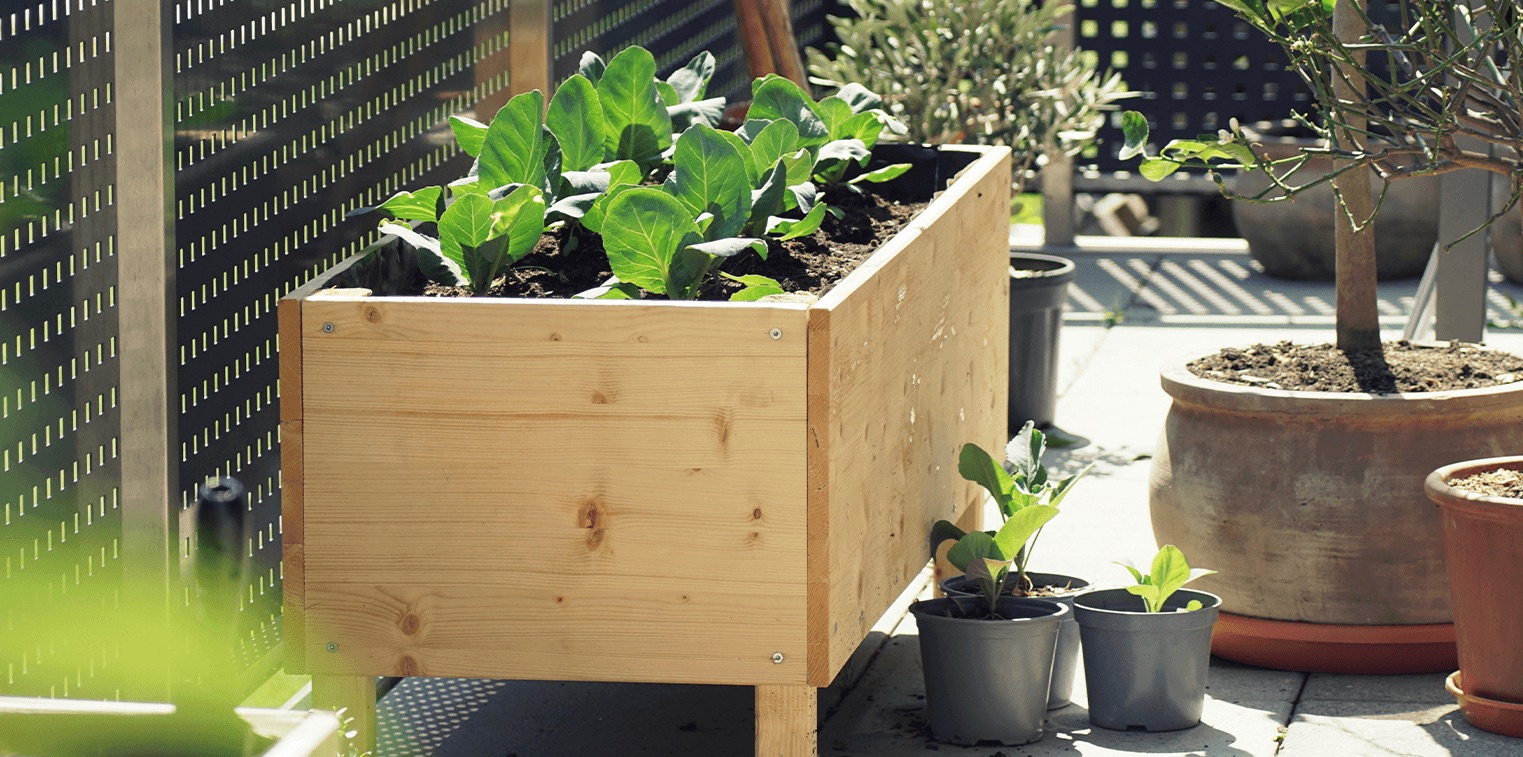
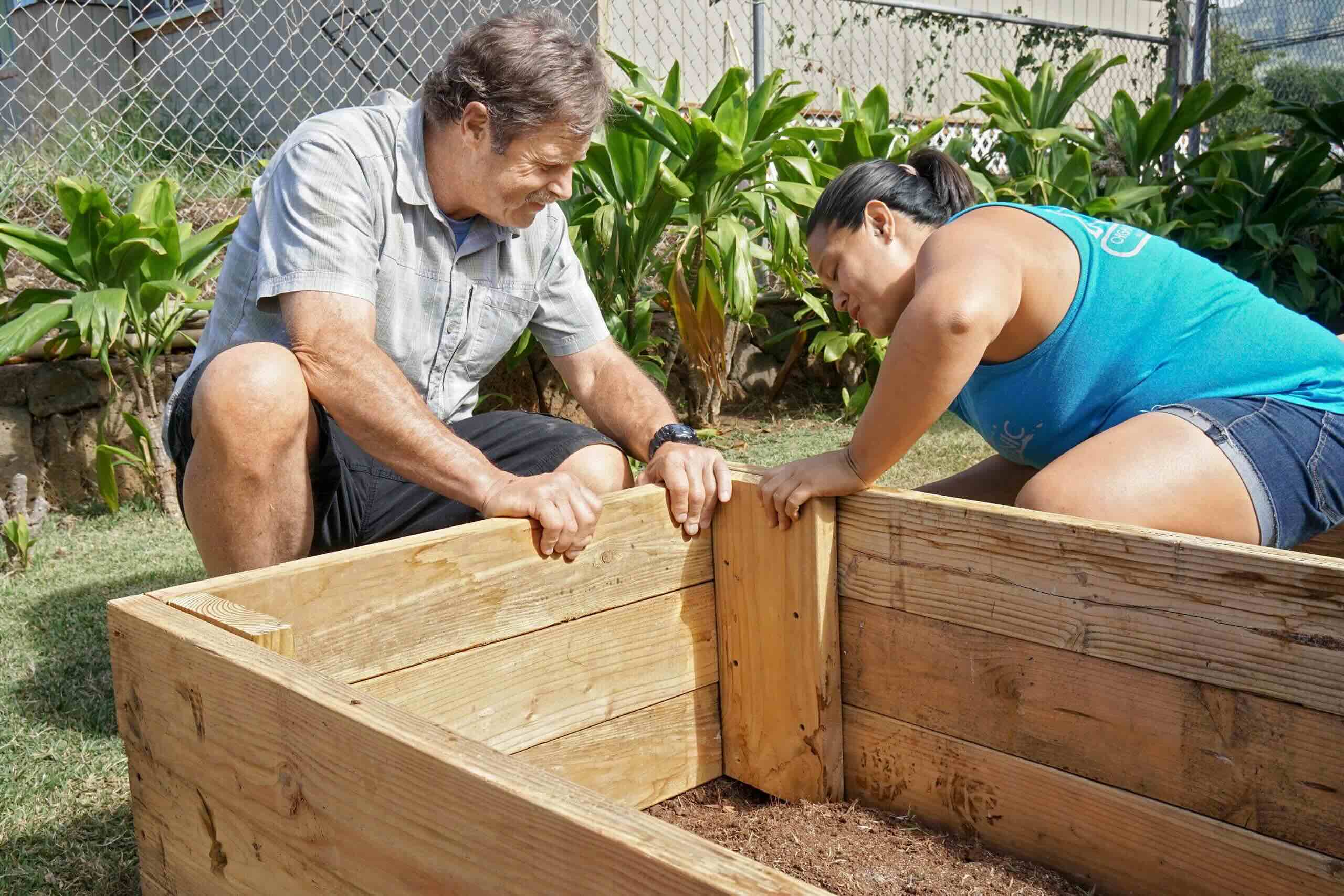
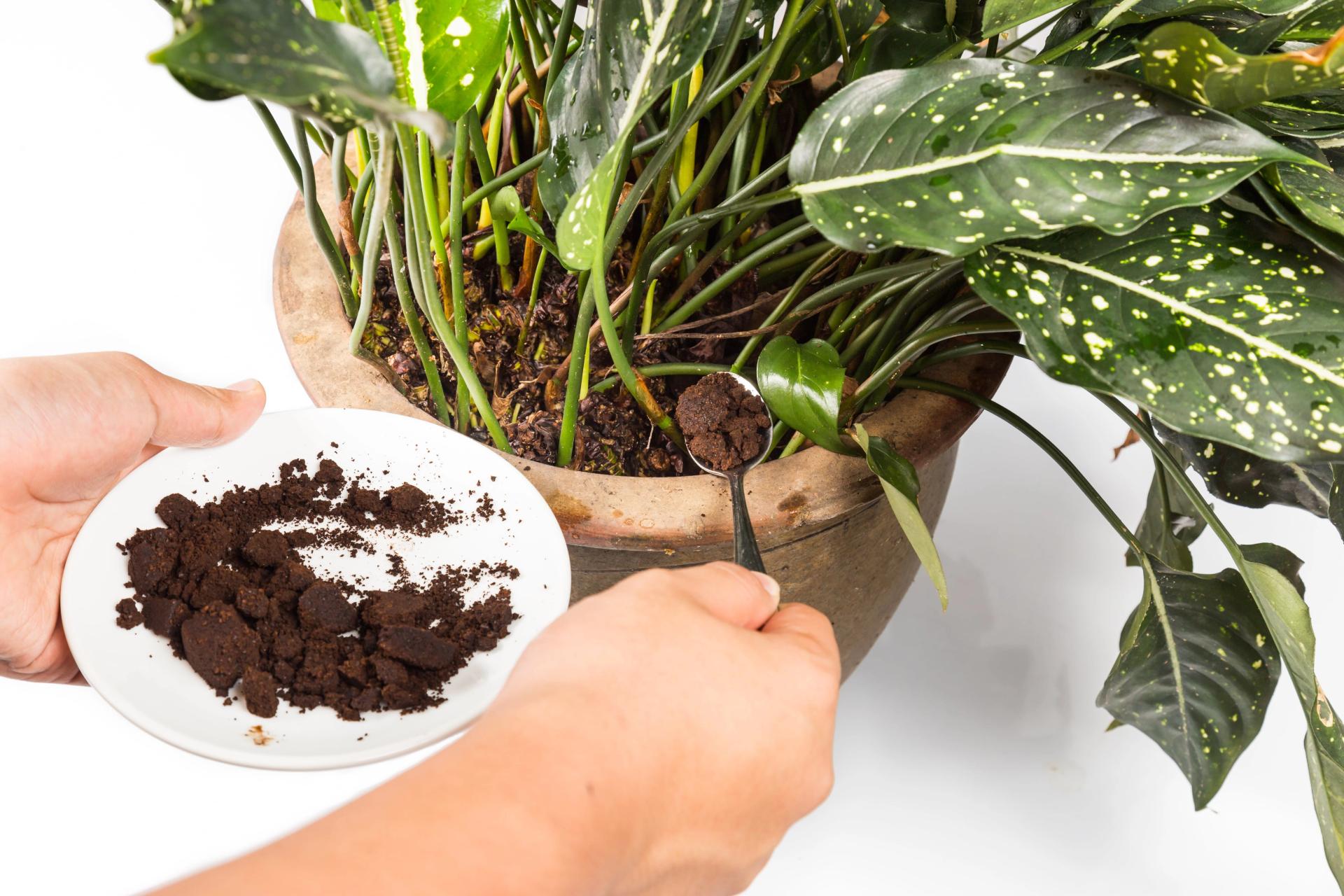
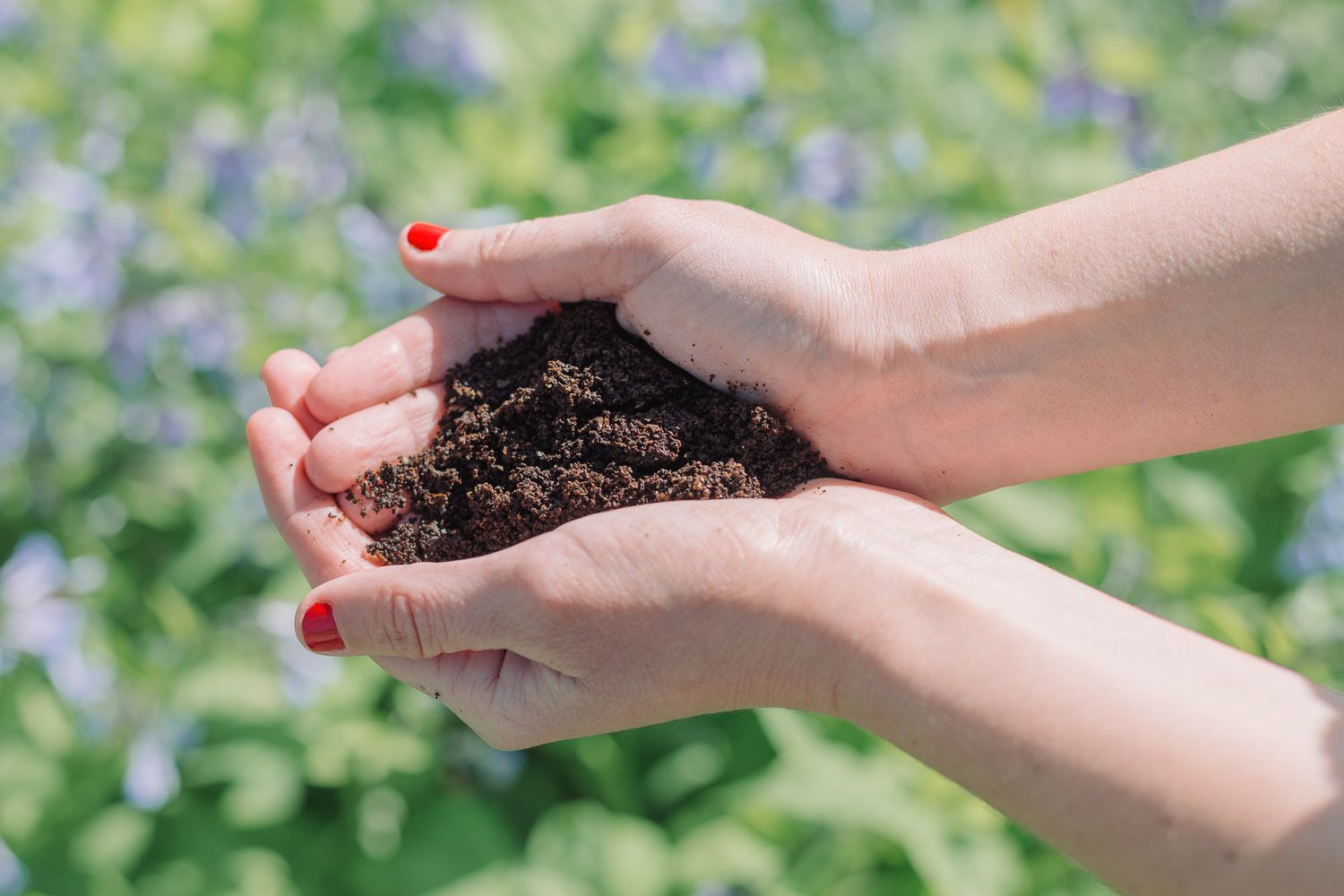
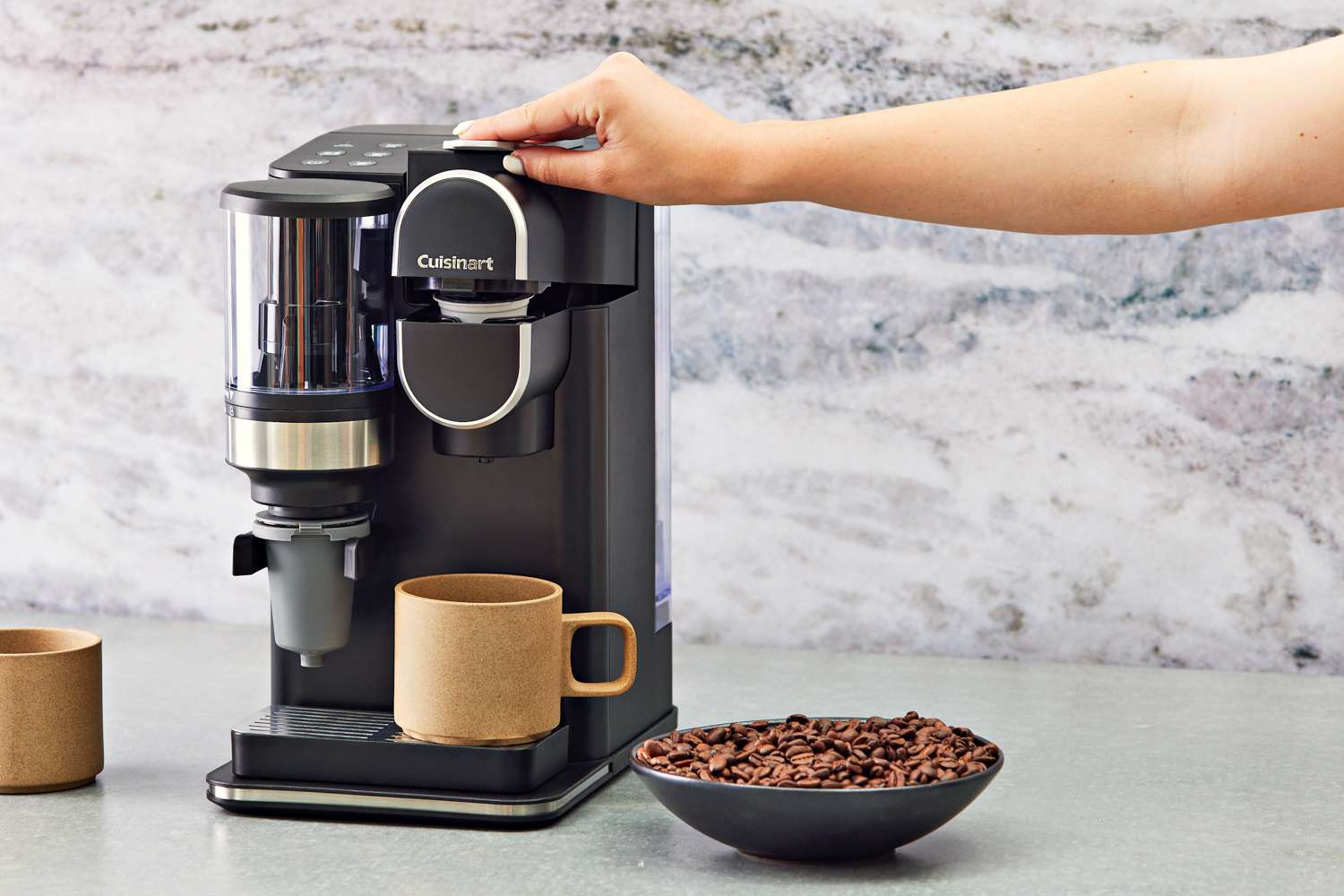

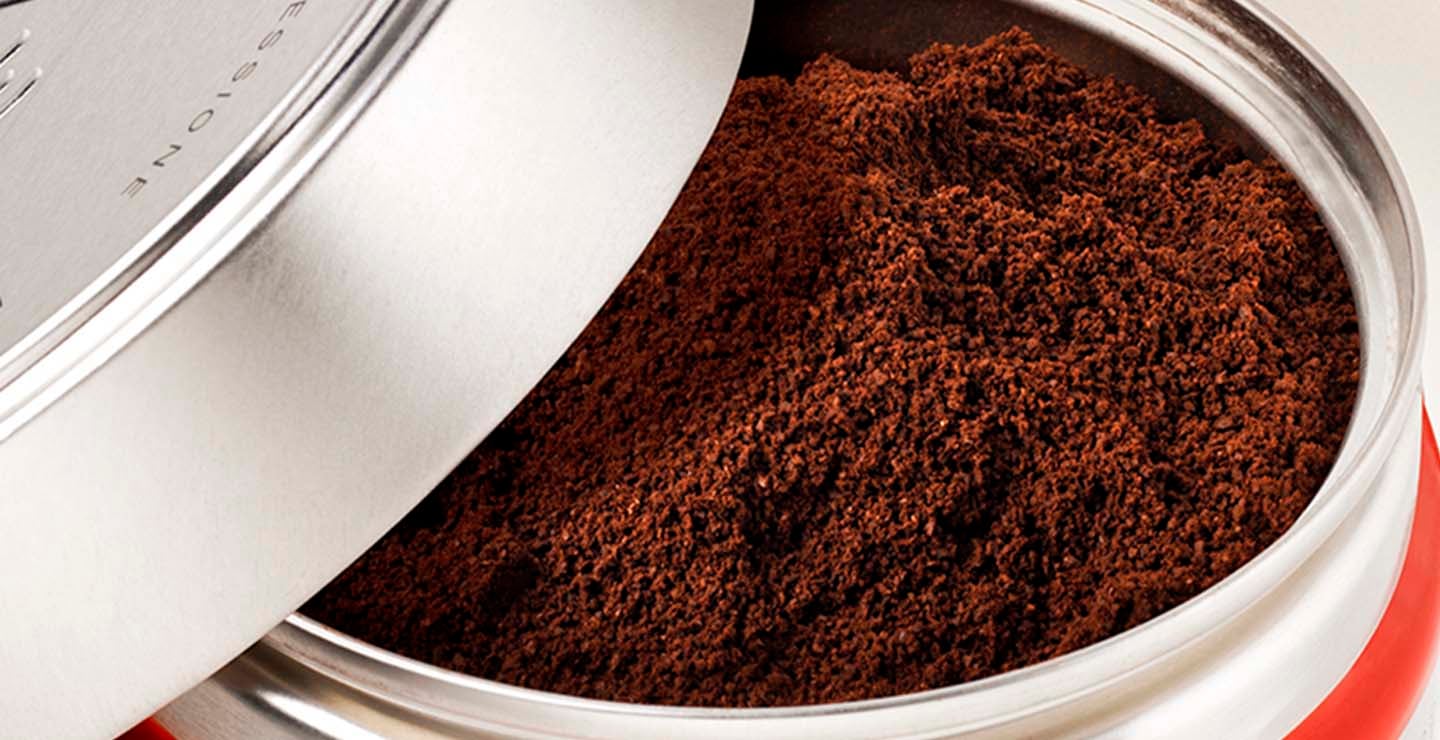
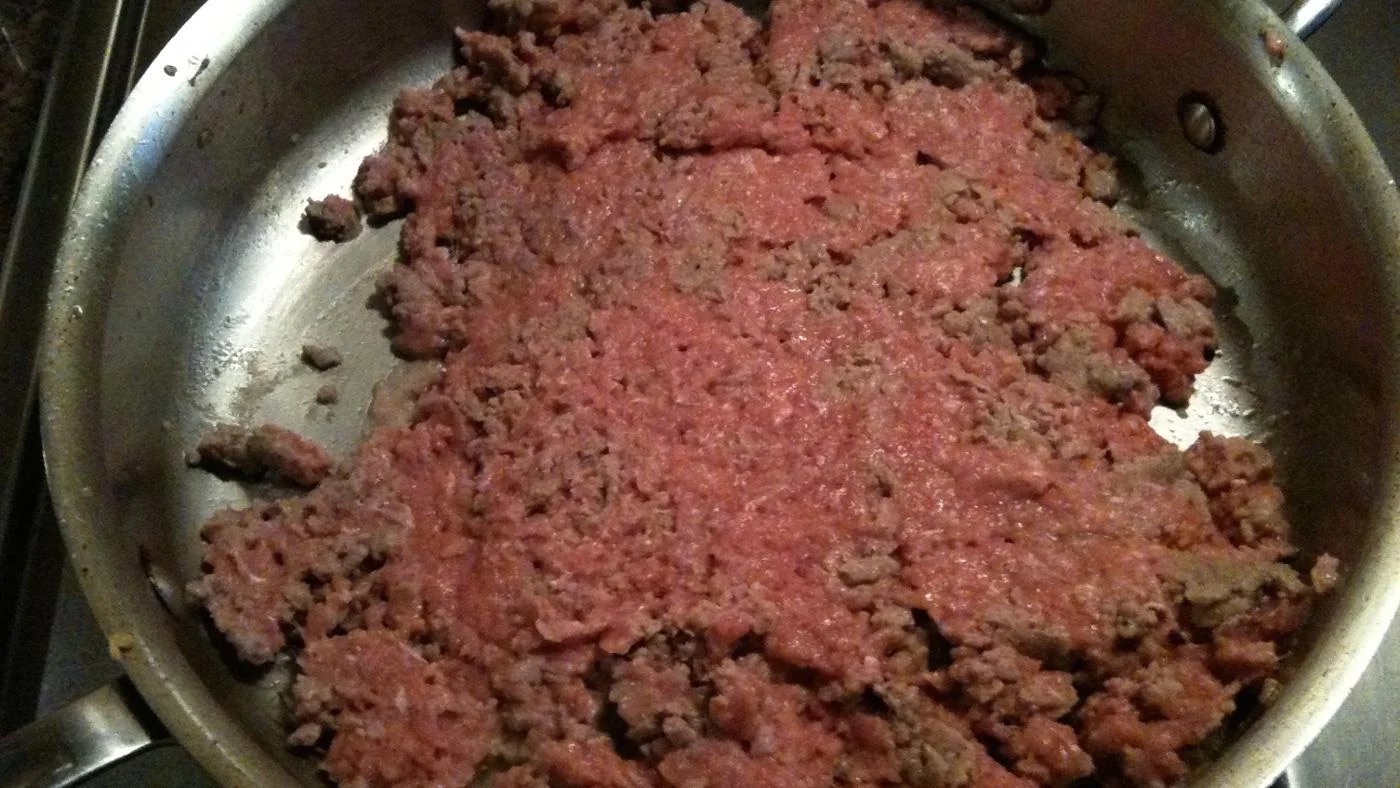
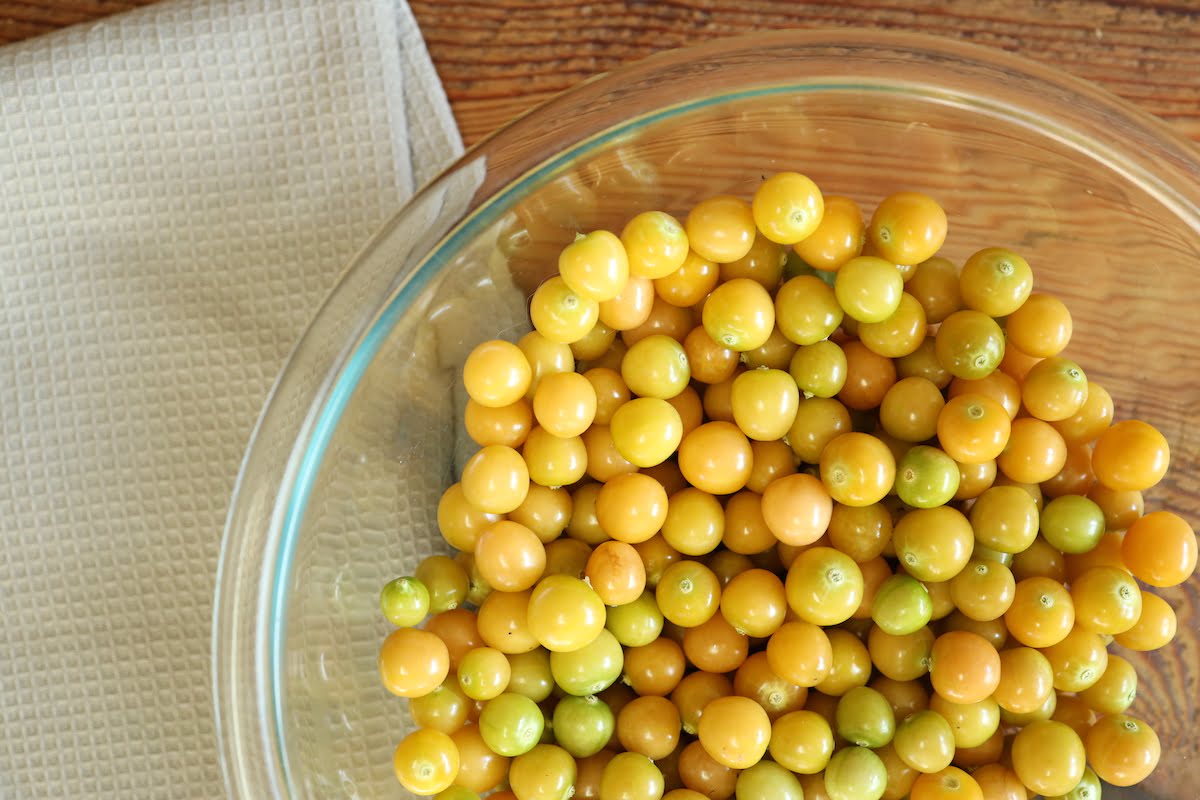
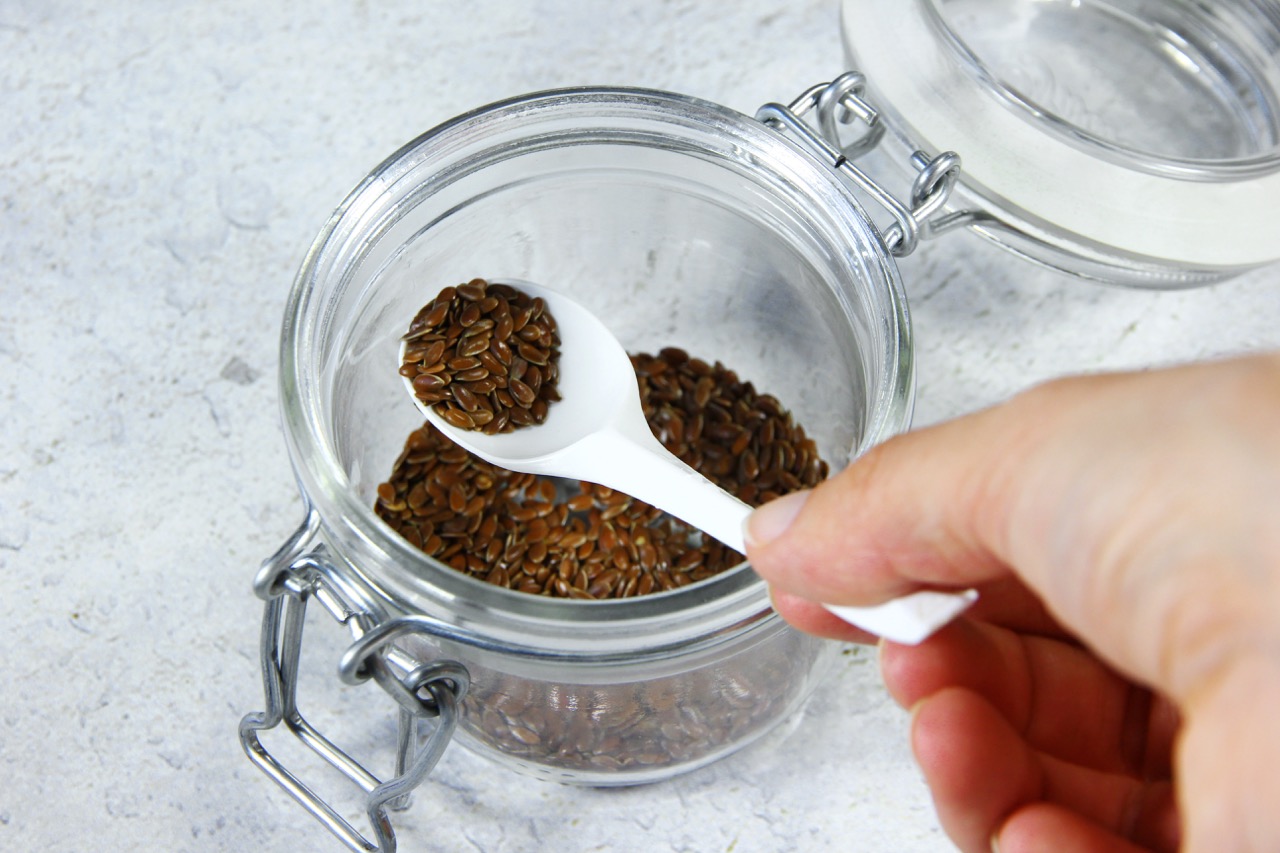
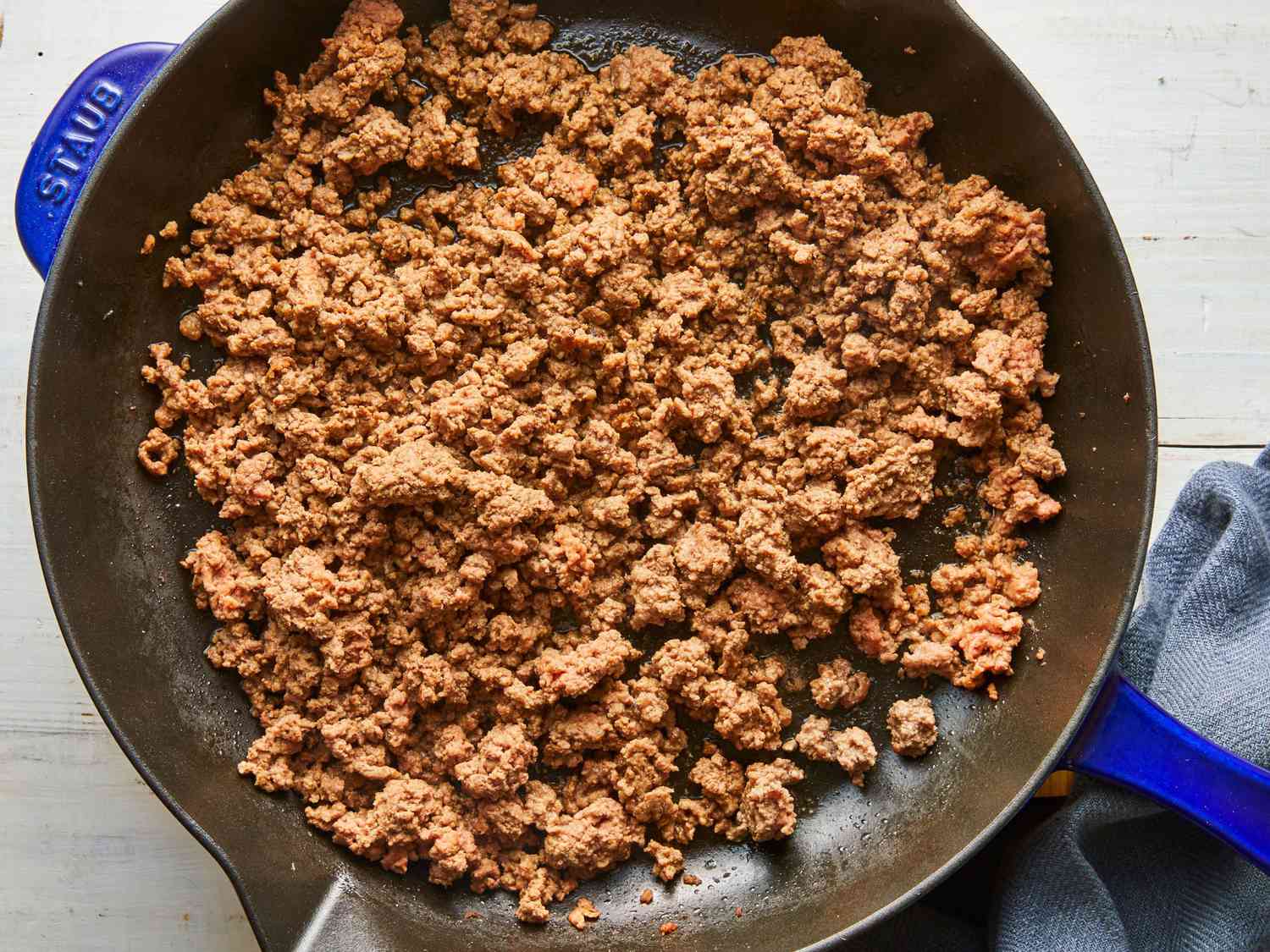
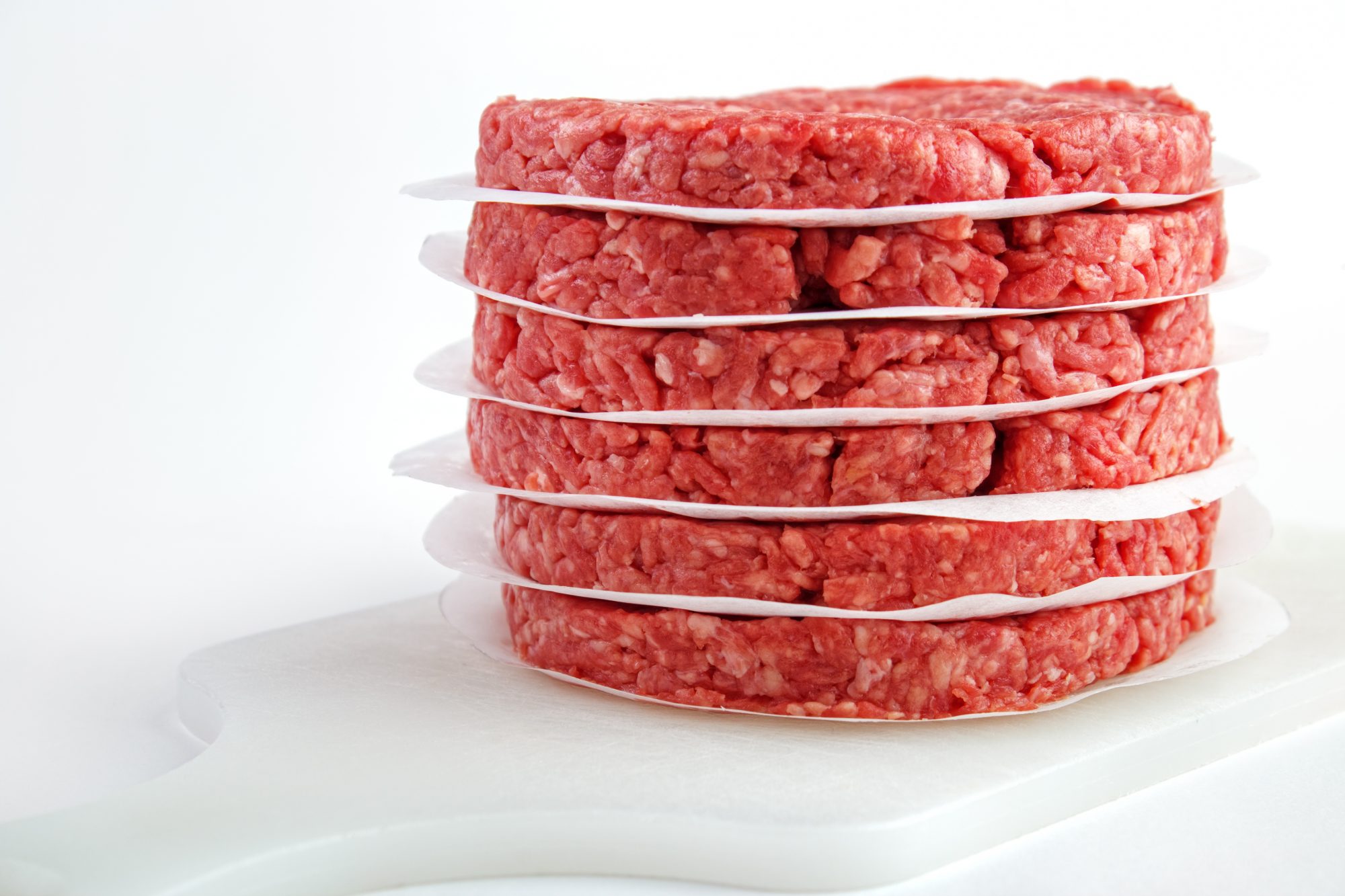
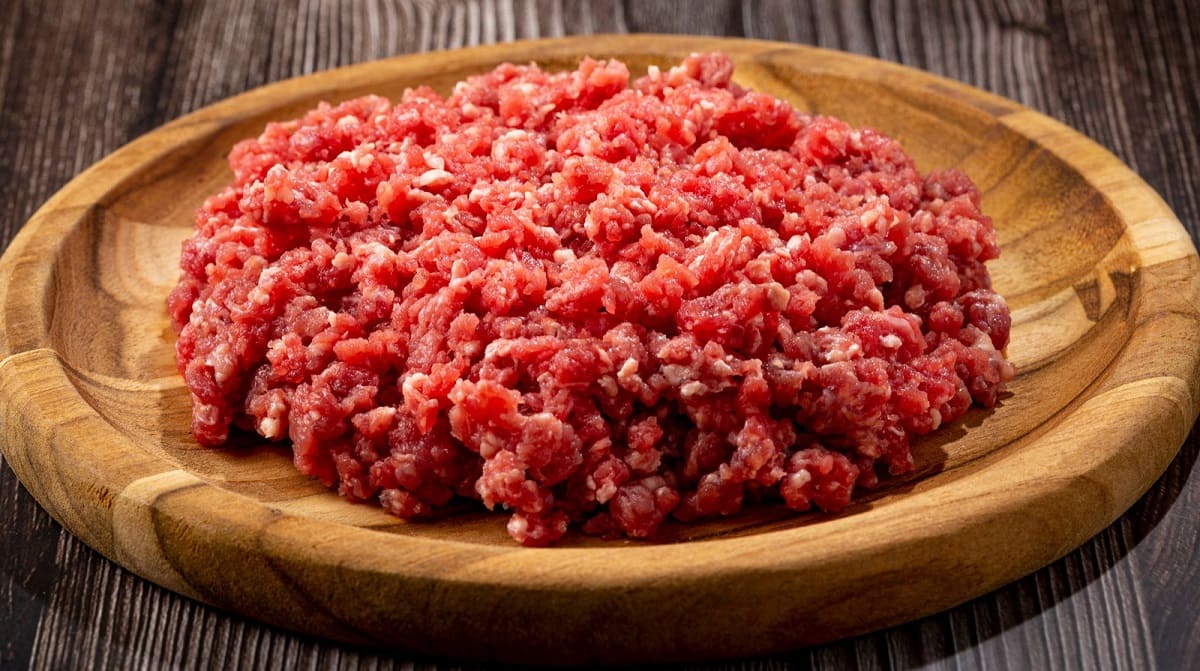
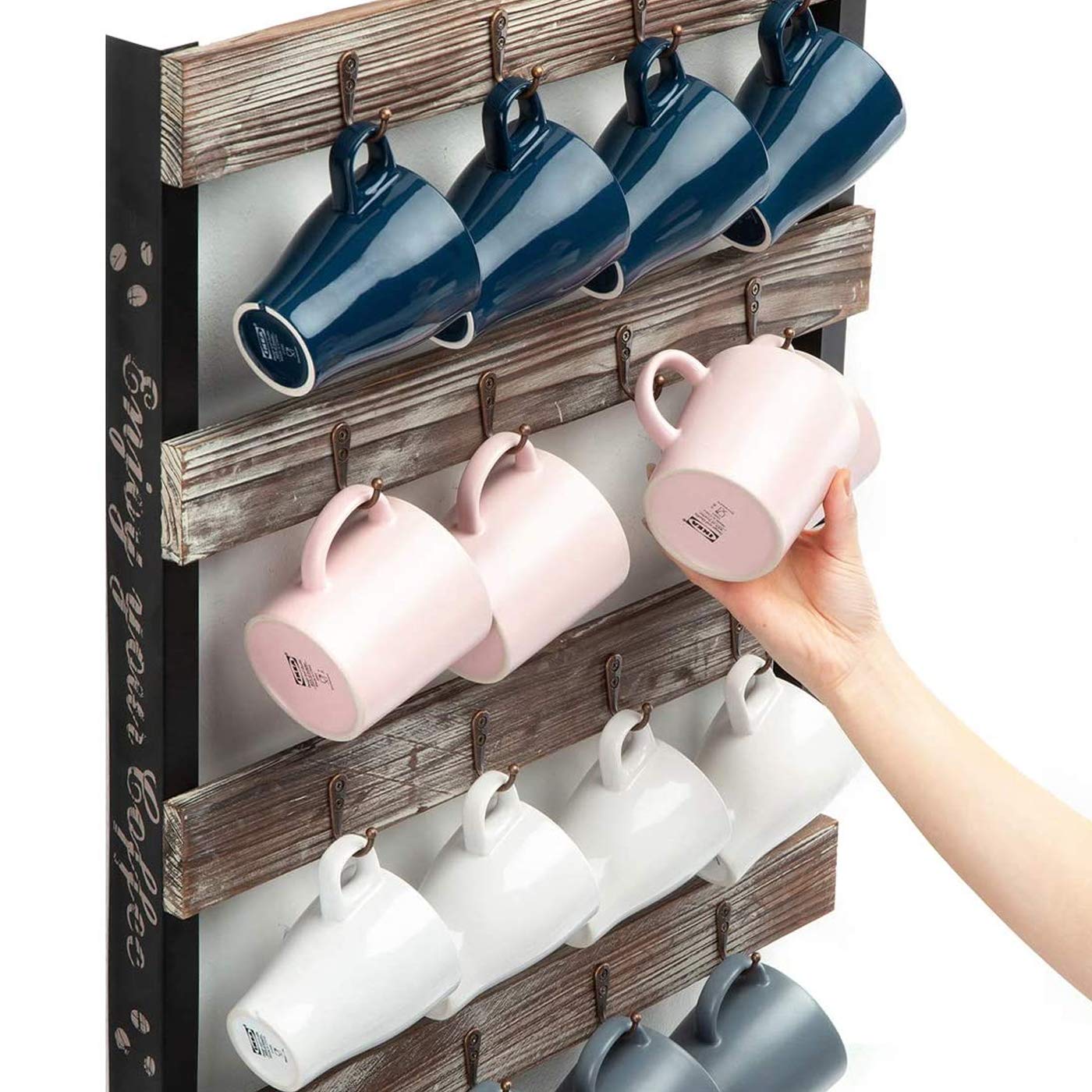

0 thoughts on “How To Store Coffee Grounds For Garden”